Initiated into Freemasonry on this date in 1646: Elias Ashmole!
It’s been a while since I posted an unsolicited promotional announcement of Ouroboros Press’ wonderful publications, but the books these people produce are of such luxurious and dazzling quality, that I am happy to help spread the word.
 |
| Courtesy Ouroboros Press |
In Freemasonry, Ashmole is merely a curiosity, remembered only because someone discovered his brief notes among his personal papers recording the day—October 16, 1646—when he was initiated into the fraternity. Outside Masonry however, Elias Ashmole (1617-92) was an aristocrat, public official, Fellow of the Royal Society, gentleman, doctor of medicine, Royalist for Charles II, and, among other admirable pursuits, the benefactor of the Ashmolean Museum at Oxford University—regarded as the first public museum in the West.
 |
| Courtesy Ouroboros Press |
Elias Ashmole
Theatrum Chemicum Britannicum
This book, first published in 1652, is an anthology of poetry written by diverse English authors on alchemy. I’m sure there are other editions available, but none like this. From the publicity:
 |
| Courtesy Ouroboros Press |
Click here for a full list of the contents.
This complete edition of Theatrum Chemicum Britannicum goes beyond the mere reprinting of the original pages as past facsimiles have done. Using the original errata sheets provided by Ashmole, the entire text has been corrected and reset in a more readable typeface and features clear reproductions of the original engravings produced by Robert Vaughan. In addition, this edition features a more complete version of the Breviary of Natural Philosophy by Thomas Charnock by employing a complete manuscript of the text not available to Ashmole in 1652. This is the most ambitious publishing project embraced by Ouroboros Press in its years of laboring to bring source works of western esotericism to scholars and collectors alike. Over a dozen individuals and institutions worked hard to bring the book into this complete and corrected edition. This is fine esoteric book arts at its best, a volume Elias Ashmole himself would be proud of.
“In scope, these poems encompass all of the aspects of the great work: theory and practice, instructions on furnaces and vessels, or on substances to be avoided, and allegorical accounts intended to convey the most important secrets.”
Didier Kahn, author of Alchemical Poetry in Medieval and Early Modern Europe: A Preliminary Survey and Synthesis Part I — Preliminary Survey
Ambix Volume 57, Number 3, November 2010
 |
Courtesy Ouroboros Press
Robert Vaughan’s Engraving.
|
Theatrum Chemicum Britannicum features several engraved plates by Robert Vaughan (not to be confused with Thomas Vaughan, author of Lumen de Lumen.) C. H. Josten notes “these engravings are probably the earliest engraved reproductions of miniatures from an illuminated manuscript.” The manuscripts in question are preserved in the British Library. The engravings are certainly among the most beautifully rendered in the alchemical corpus. Heralding from the emblematic tradition, such engravings are by now hallmarks of the famous alchemical books extant. According to Ashmole’s diary, Vaughan actually came to stay with him where the artist “wrought and finished all the Cutts.” The images themselves feature several alchemical scenes depicting famous alchemists, work in laboratories, astrological charts, as well as allegorical themes, and the larger images are each surrounded by foliated borders which are also populated with animals, insects, and birds. The book also has a few engraved ornamental grotesques, alchemical dragons, trees, and fleurons scattered throughout the text.
 |
Courtesy Ouroboros Press
The Folding Plate: John Goddard’s Diagram. |
In addition to Vaughan’s engravings there is a folding plate by another artist which is to be found in the Compound of Alchemie, or Twelve Gates by George Ripley. This typographical diagram labeled “Here followeth the Figure conteyning all the secrets of the Treatise both great & small” was originally rendered by John Goddard. Again in keeping with the original, the folding plate is included in the Ouroboros Press edition with the Latin parts translated into English by Darius Klein.
Text designed by William Berkson, is based on an early font cut by William Caslon who in the 18th century made British printers’ dependence on Dutch type a thing of the past. Caslon’s typeface was also popular in America and it was utilized by Mary Katherine Goddard of Baltimore for the printing of the Declaration of Independence. The Fleurons Garamont ornaments, based on 16th century originals, were designed by Bruce Rogers, the famous American book and type designer. The fine engravings by Robert Vaughan were scanned from a first edition copy of the Theatrum Chemicum Britannicum which was originally owned by Isaac Newton.
Two versions of this text are still available.
Trade Cloth Edition: Gilt-stamped cloth over boards in letterpress printed dust jacket. Over thirty alchemical texts in 528 pages. Illustrated, bibliography and table of obscure words. $75.00
Special deluxe bindings in leather and vellum will be executed with traditional bookbinding technique by the studios of Ars Obscura Bookbinding utilizing antique book presses.
Deluxe Leather Edition: Full tanned goat with gilt-stamped spine bands and central ‘grotesque’ ornament to boards. Ebony and gilt leather spine label, silk bookmark and hand-marbled endpapers. Limited to 200 copies only. $250.00
Click here to make your purchase.






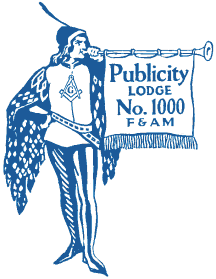

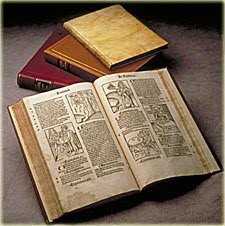


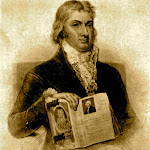




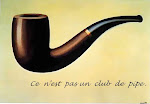
















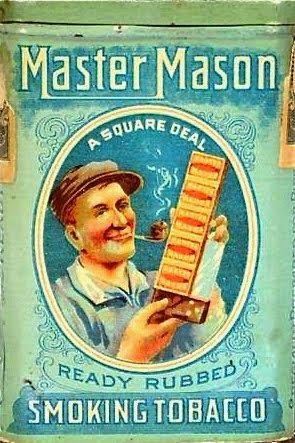


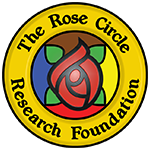

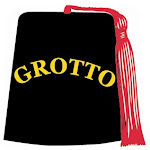








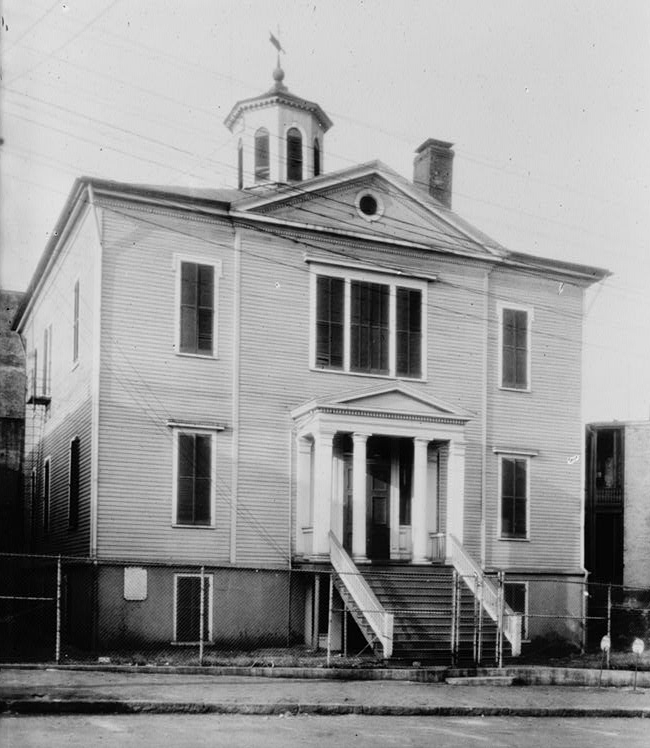
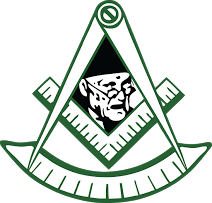
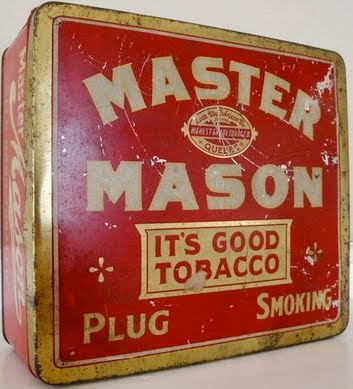



No comments:
Post a Comment